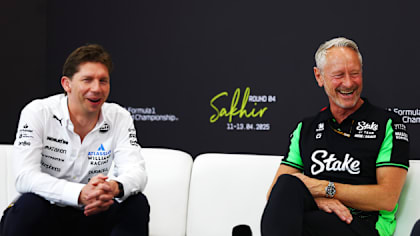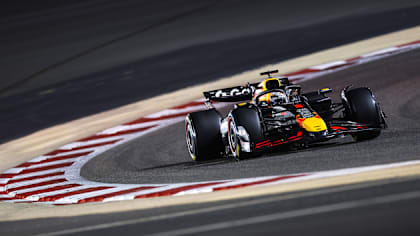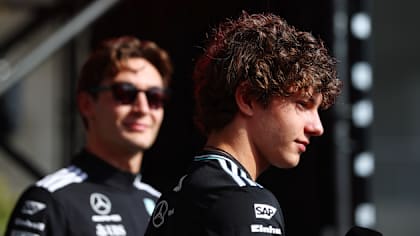
11 - 13 April
Technical
Mercedes, Ferrari and Red Bull: Analysing the top three teams’ 2019 car designs

Share

The top three teams of the last few years – Mercedes, Ferrari and Red Bull – have each now released their 2019 cars. And what’s more, despite very significantly changed aerodynamic regulations, all three teams appear to have remained largely committed to their existing – and quite differing – car philosophies.
SEE MORE: Rules and regulations - What's new for 2019?
World champions Mercedes have retained the same long wheelbase of the last two years, the Red Bull remains the shortest of the ‘big three’ (along with the related Toro Rosso), with Ferrari somewhere in between their two rivals, but nudging more towards the Silver Arrows than the Bull in this respect.
Red Bull, meanwhile, continue with their high-rake concept, an area where Ferrari errs more towards the Milton Keynes team than Mercedes.
What has allowed these teams to continue to develop their heavily-worked concepts, benefitting from all the knowledge accumulated in the last few years, is the fact that it has still proved feasible under the new regulations to create an ‘outwash’ aerodynamic format (the air coming off the ends of the front wing around the tyre rather than going inwards towards the floor) and therefore no fundamental re-assessment has been necessary.
Let’s take a look at what each of the teams have done…
SEE MORE: All the latest news from the 2019 car launches
Mercedes W10

The Mercedes retains an identical wheelbase to its two predecessors and can be expected to follow the team’s familiar low-rake approach. Aside from the component changes enforced by the new regulations (wider, simpler front wing, reduced height but further forwards barge boards, restriction of under-wing vanes to two, simplified front brake ducts, a ban on blown axles, bigger, higher rear wing), the most significant visual change to the Mercedes is its significantly narrower sidepods.
Generically on any current-generation F1 car, the airflow coming off the front wing inboard of the tyre is split between that heading for the underfloor and that further outboard which is guided along the body side surfaces, past the sidepods, along the inwards-swooping ‘coke bottle’ section and onwards through the gap between the rear tyre and the diffuser wall. The vanes and barge boards determine the direction of this flow, with various vortices accelerating its speed. The sidepod undercut and the coke bottle profile determine both direction and speed of the flow.
There is then a third major flow regime – that going around the outside of the front tyre. It is crucially important to keep this flow – after it has been outwashed around the front tyre – separate from that travelling down the body sides. Various vortices are used to do this, ensuring that flow remains well outboard of the car. The reason why this is so crucial is so that the ‘middle’ flow (i.e. that along the body sides) is not slowed or even stalled. The faster this particular flow is, the greater the downforce produced, as it exits the back of the car and exerts a pull on the airflow coming through the diffuser, thereby increasing the speed of that flow and creating more underbody downforce. This is the essence of the outwash aerodynamic philosophy.
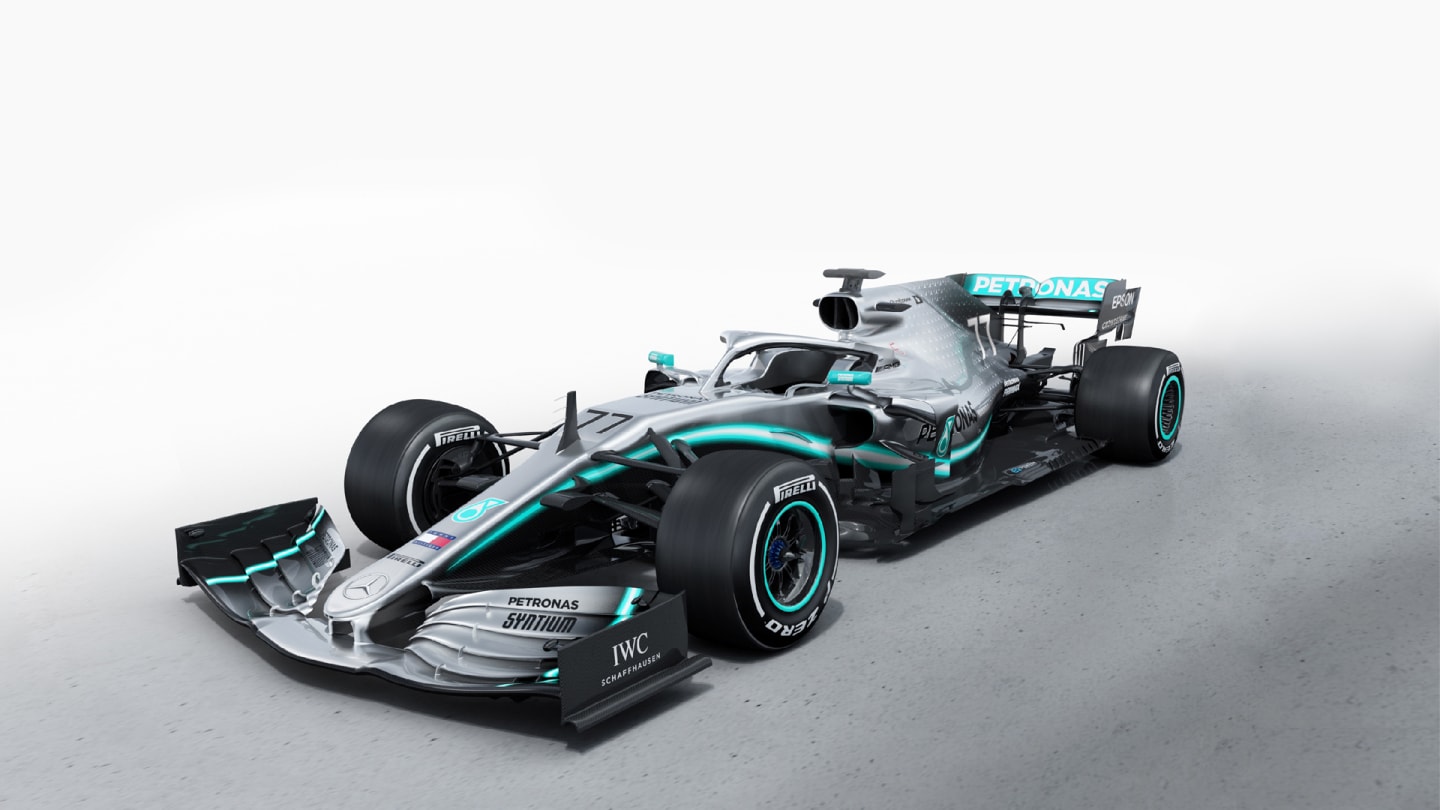
The regulation reduction in the height of the barge boards will have reduced their power to enhance the speed of the flow down the body sides. Consequently, that flow will be less able to power its way past the sudden cross-section increase represented by the sidepods. Hence Mercedes has chosen to narrow the pods – necessitating deeper radiator inlets within them to compensate for the reduction in width.
Reducing the width of the sidepods means there is less opportunity to enhance their undercut profile (forming an S-shape when viewed from straight-ahead). The undercut itself is there to accelerate the airflow speed (as it creates a low-pressure zone that the oncoming air rushes to fill), but can only be of value if the flow hasn’t slowed too much before it gets there. The optimum trade-off between undercut and cross-section has clearly changed with the advent of the less powerful barge boards (and reduction of under-wing guide vanes).
Hamilton enjoys ‘great first date’ with 2019 Mercedes
Despite the reduction in sidepod width, however, repackaging of the cooling has allowed the rear bodywork to be more sculpted in than before. “We’ve made changes to the cooling architecture of the power unit,” explains power unit boss Andy Cowell, “which hopefully provide aerodynamic benefit on the car and also provide efficiency benefit on the power unit.”
Less visually obvious are significant changes to the rear suspension as Mercedes seek to resolve the problems they had with rear tyre degradation on a few occasions last year, with technical director James Allison commenting: “We have worked hard on the suspension and aerodynamic characteristics to deliver a car that will be much kinder to its tyres – enough, we hope, to allow us to be competitive at all phases of the race and at each track on the calendar.”
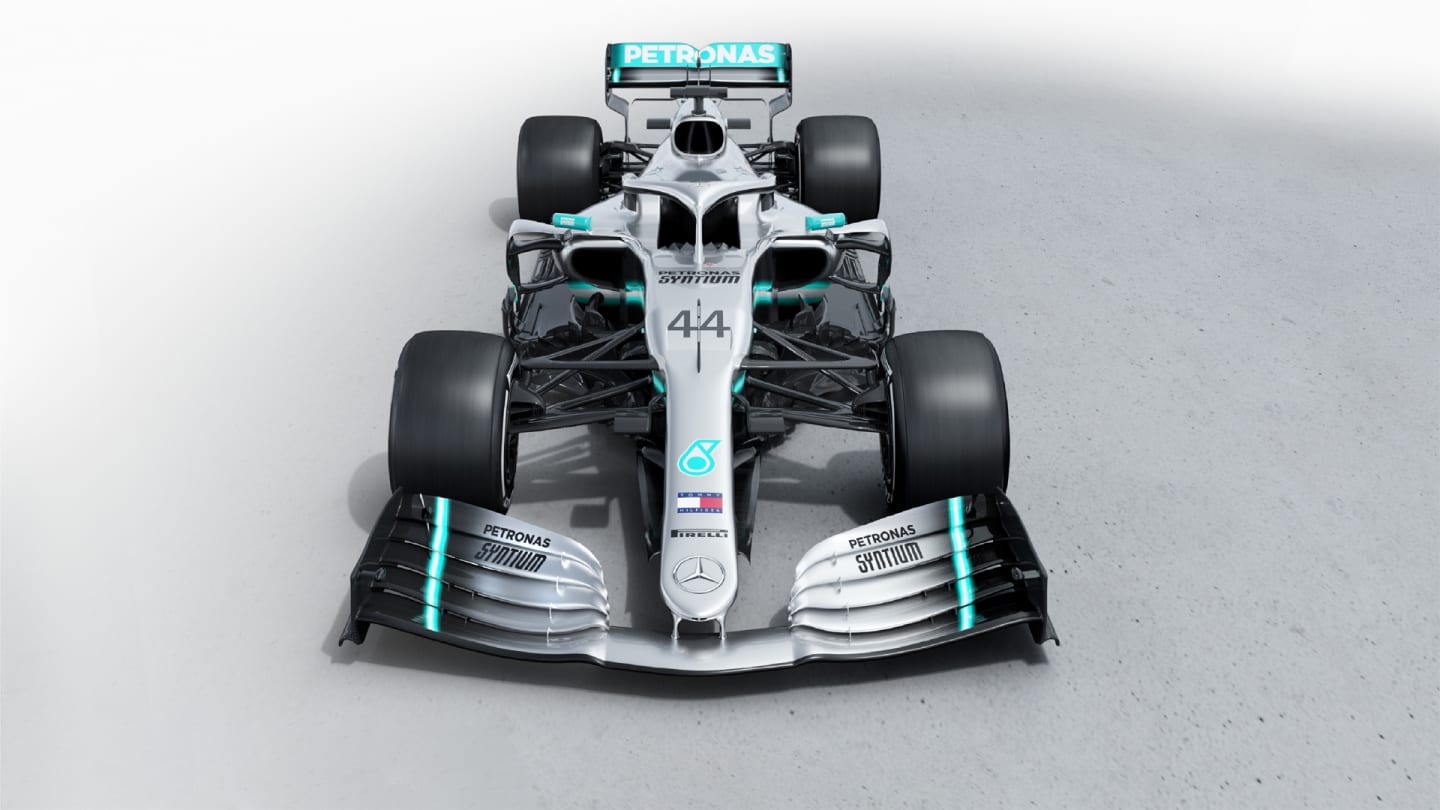
The initial front wing takes full advantage of the permitted area of elements and the bottom edge rises up gently at the outboard ends to encourage the outwash around the tyres. Uniquely, the endplate wall curves slightly inboard, probably working in conjunction with the shape of the adjacent elements in creating a vortex that helps with the outwash of the airflow.
Aerodynamic advantage has been taken of the support mounts for mirrors that have been re-sited by the new regulations. The rear wing endplate design incorporates slots that equalise the pressure differential and extend the width of the wing’s upwash – but these by regulation are in a different part of the endplate, so as to minimise disruption to the car behind. Elsewhere on the W10, familiar Mercedes elements abound. The upper front suspension wishbone still has its outboard end mounted to an extension from the wheelhub, allowing it to be lifted out of the airflow headed for the radiator inlets. The uniquely slender nose tip – part of the low-rake aero philosophy – remains. There is a further development of the extractor-style rear wheel rim, again in the interests of better controlling rear tyre temperatures.
In essence, the W10 is a very svelte re-interpretation of a well-established Mercedes theme, adapted to the new regulations.
Ferrari SF90
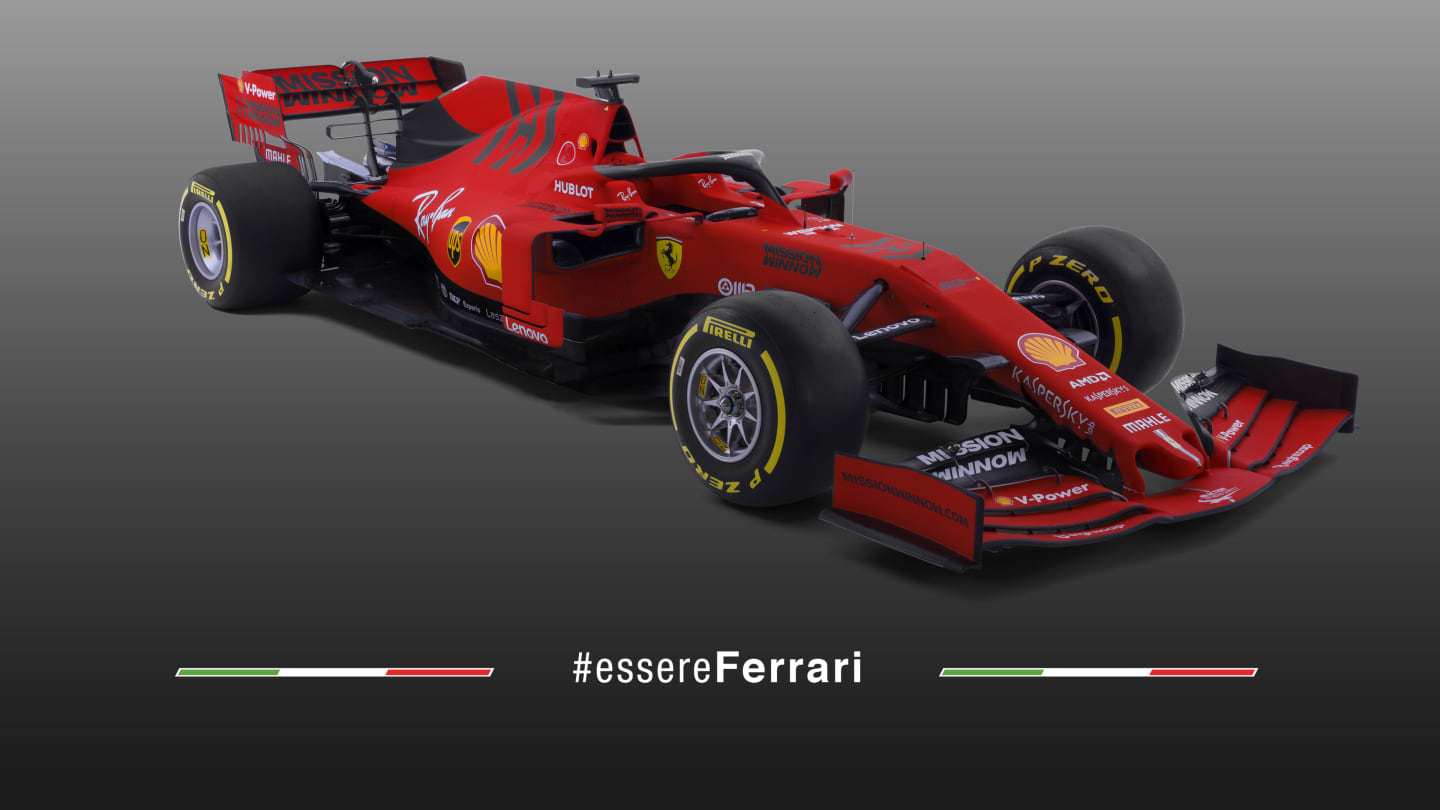
The SF90 is, in the words of new team principal and former technical boss Mattia Binotto, “an evolution of the 2018 car, not a revolution.” The technical path initiated by the 2017 SF70 has proved extremely productive for the Scuderia, and the new car looks quite familiar despite the new aerodynamic regulations.
Long in wheelbase by recent standards but still significantly shorter than Mercedes, Ferrari’s 2017 innovation around the sidepod, widely copied elsewhere, gives a very distinctive-looking high and boxy radiator inlet opening. In its launch stance, at least, the car appears to be following the high-rake path pursued for the last two seasons. The nose shape is much as before, much wider than Merc’s. So far, so familiar.
The differences from last year – aside from the regulation ones – suggest that there’s been a reworking of the cooling packaging at Maranello. Just as at Brixworth/Brackley with Mercedes. The airbox inlet is way smaller than before, triangular rather than oval, and the way the rear bodywork is gathered together, with its upper surface tumbling into a deep undercut down the sides (similar to last year’s Sauber), suggests a powerful aerodynamic performance.

The sidepod width appears much the same as last year (they were already narrower than Merc’s) but the radiator inlets are slightly bigger – perhaps reflecting the same change in cooling layout as has allowed the smaller airbox intake. This implied reallocation of cooling appears to be in the opposite direction to that taken by Red Bull (see below).
The Scuderia’s first iteration of front wing has similarities to that of Renault, with heavily contoured elements being bunched towards the outboard end. This, in combination with an enhanced upsweep of the wing’s bottom edge, will be directing the airflow to outwash around the front tyre.
Last year’s SF71 was arguably the fastest car over the average of the season. The Scuderia has naturally looked to remain on the productive path initiated by the SF70 while adapting and enhancing.
Red Bull RB15
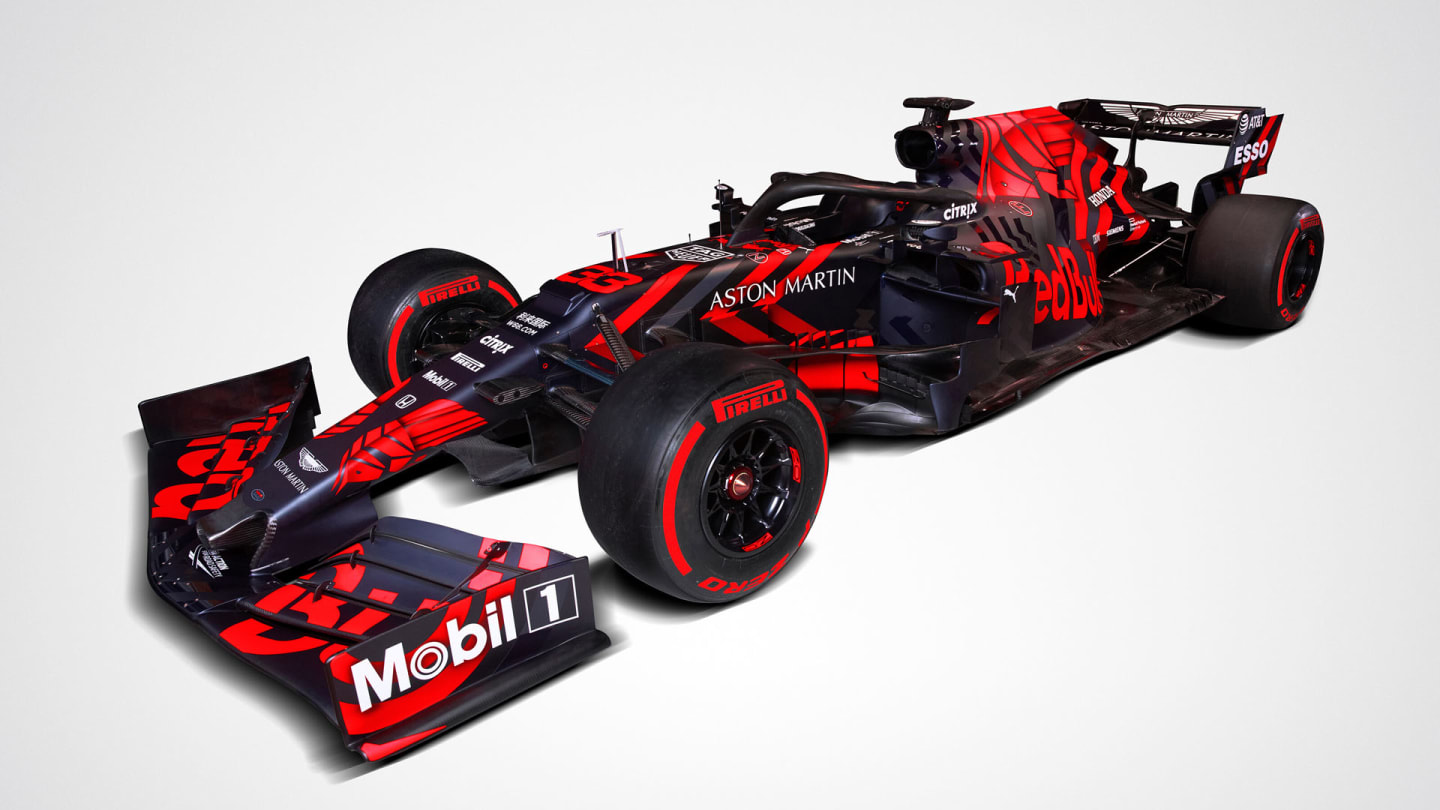
Red Bull’s first Honda-powered car, after years of Renault motors, is very clearly related to last year’s machine, with a similarly short wheelbase and aggressively raked stance. But there are some very distinct differences too.
Red Bull was early onto the narrowed sidepod direction last year and has retained that with the RB15, but those sidepods are quite different in shape, actually more conventional than the RB14s which didn’t have a significant undercut and instead relied on their heavily descending ramp to accelerate the airflow along the body sides. The RB15 has brought the undercut back, but in combination with tiny radiator inlets. This, together with the increase in size of the engine cover inlet, suggests there has been a re-designed arrangement of the cooling.
Verstappen: “So far, so good” after trouble-free first Red Bull-Honda run
That said, the car as shaken down at a cool Silverstone featured very generous radiator outlets (around the exhaust outlet). Increasing the size of the outlets speeds up the flow, potentially allowing the inlets to be smaller. Obviously, there is a trade-off to be made, depending upon which part of the car’s surfaces the aero priority is.
Atop the barge boards is an element connecting the upper wishbone with the undercut part of the sidepod, to help keep that flow separate from that lower down (which is being directed by the vertical barge board elements). This will all help enhance the speed of airflow going down the side of the car helping it draw on the diffuser, thereby enhancing the downforce generated by the underfloor. This is the whole nub of the philosophy of an outwash car, confirming again that the new regs have not led to a generation of in-wash cars.
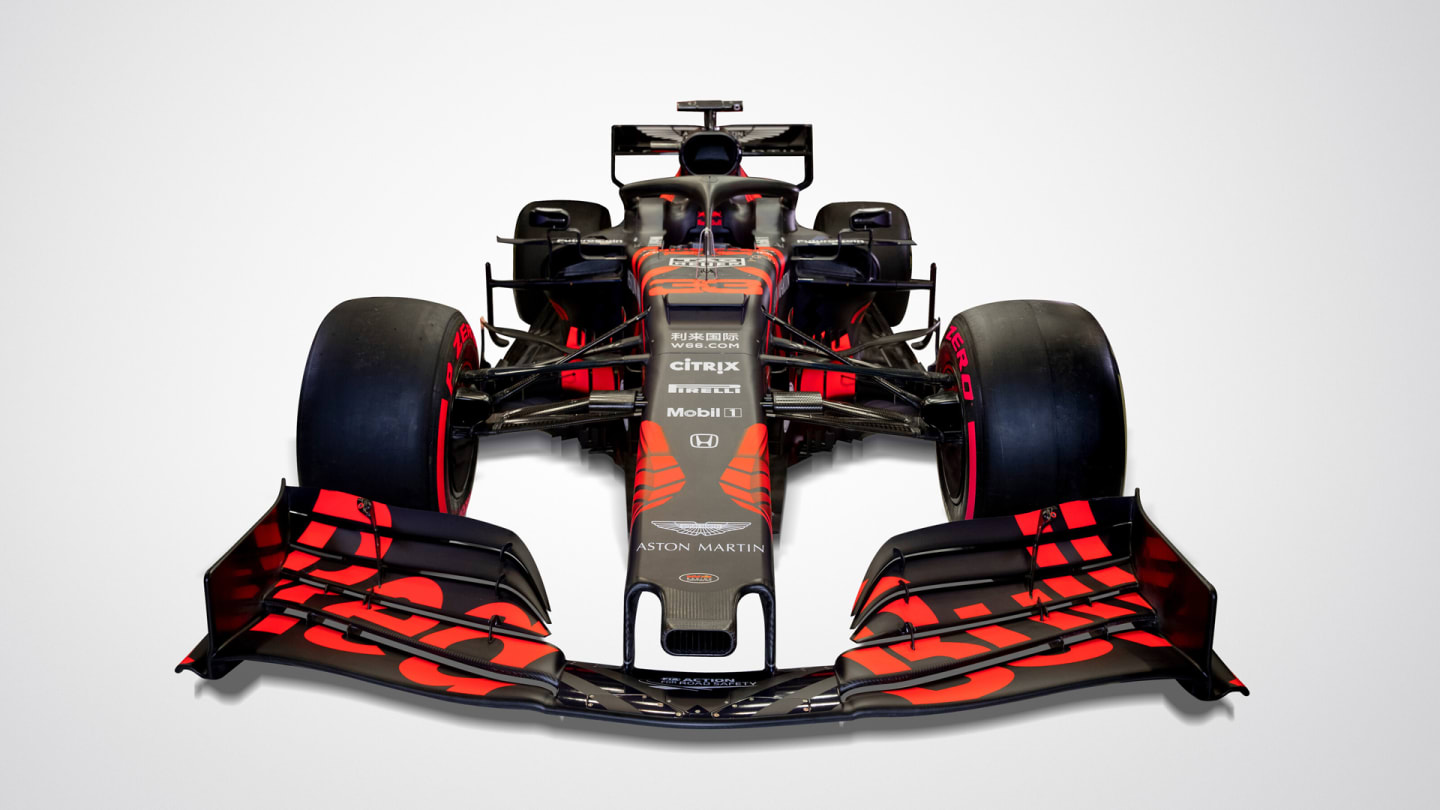
Despite having far less length with which to work than, say, the Mercedes, the Red Bull’s bodywork tapers in spectacularly when viewed from above in plan-view. This shape is enhanced even from last year – and this probably derives from the very different architecture of the Honda to the Renault, with the former using a Mercedes-like split-turbo concept that – while forcing the engine a little further backwards in the chassis – allows a much tighter route for the intercoolers and associated plumbing. This part of Red Bull’s body design is an inherent part of its high-rake concept in that it induces the airflow there to be accelerated hard enough that it retains enough momentum to be able to continue drawing on the diffuser at low car speeds, when the high rear ride height would otherwise make the diffuser prone to stalling.
Front wings have returned to the downward-drooping elements at the inboard end, something of a Red Bull tradition but one which had been abandoned part-way through the season on last year’s car. It implies a shift of emphasis towards the outwash, now that the endplates cannot do that job as powerfully. The inward droop allows a cleaner flow to the barge boards, which, being smaller, need more help this year. Towards the outer end of the wing, the positioning of the flap adjuster is used to help with inducing an outwash.
Still recognisably a Red Bull, but with different choices made in adapting to the new regulations to either Mercedes or Ferrari, the RB15 marks an exciting start to the new Honda partnership.
Verdict
So, last year's top three teams have continued to plough their own furrow when it comes to the design of their machinery. The question is, will the pecking order remain the same as it was at the end of 2018? What makes it so interesting is that each of the trio is confident of having made gains - but who will have made the most? And of course it's not just about who hits the ground running in Barcelona or Melbourne - this is a technical development race that will run and run all season.
YOU MIGHT ALSO LIKE
News The six rookie drivers set to take part in FP1 at the Bahrain Grand Prix
News FIA Team Principals press conference – Bahrain
Feature F1 FANTASY: Strategist Selection – What’s the best line-up for the Bahrain Grand Prix?
News Antonelli explains ‘main difference’ between himself and Russell as he assesses where to improve






